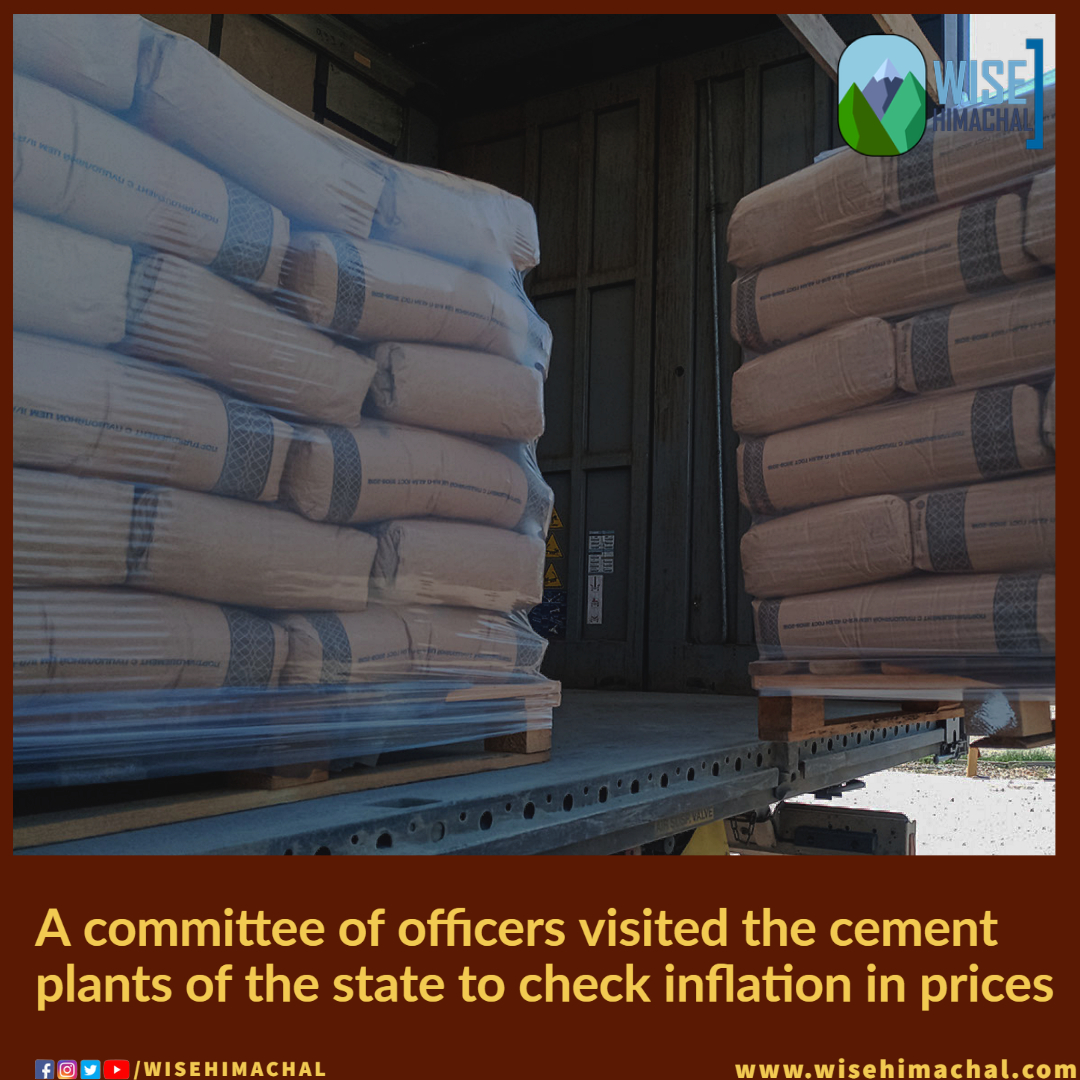Union Road Transport and Highways Minister Nitin Gadkari has assured serious consideration for converting the Dhalli-Rampur stretch of National Highway 5 in Shimla district into a four-lane highway. The assurance came following Himachal Pradesh’s request, with Gadkari communicating his commitment through a letter to PWD Minister Vikramaditya Singh.
The Dhalli-Rampur National Highway holds strategic importance as it serves as a crucial route for ITBP personnel deployed along the India-China border in Kinnaur district. Currently a two-lane road, the state government has proposed its urgent conversion to four-lane and requested maximum tunnel construction to minimize environmental damage.
PWD Minister Vikramaditya Singh, who has already met with Gadkari regarding this project, shared the minister’s letter on his social media account. The proposed four-lane highway from Dhalli to Sainj will incorporate lessons learned from recent disasters, utilizing tunnels and bridges to avoid hill cutting and environmental damage.
Learning from Kiratpur-Manali four-lane failures
The new project design will avoid the problems plaguing the existing Kiratpur-Manali four-lane highway, which has suffered repeated damage due to poor construction practices. Singh highlighted how the current four-lane was built alongside the Beas river with extensive hill cutting at 90-degree angles, leading to land subsidence, hill collapses, and frequent closures due to debris.
“The cutting methods for hills and plains are different. The Kiratpur-Manali four-lane runs along the Beas river, causing land settlement and repeated damage at various points,” Singh explained, emphasizing the need for scientific approaches in mountainous terrain.
Gadkari had previously criticized the construction company’s work during his inspection of the problematic four-lane highway, questioning the engineering approach used in the project.
Revolutionary approach to mountain highway construction
The Centre has recently given in-principle approval for the Dhalli-Rampur four-lane project, estimated to cost approximately ₹1,452 crore. However, the project’s true innovation lies not in its scale but in its climate-adaptive design philosophy that directly addresses the infrastructure vulnerabilities exposed by this year’s devastating monsoons.
The project’s Detailed Project Report (DPR) will mandate scientific techniques that work with natural topography rather than against it. The emphasis on tunnel construction represents a fundamental shift from the destructive hill-cutting practices that have made existing highways death traps during extreme weather events.
“Where absolutely necessary, cutting will be done at scientifically determined angles to prevent landslides, unlike the dangerous 90-degree cuts that have caused repeated failures,” Vikramaditya explained. This approach acknowledges that traditional construction methods are no longer viable in an era of intensifying climate disasters.
Massive infrastructure damage from monsoon
Singh revealed that the recent natural disasters have caused ₹2,300 crore in damages to the PWD alone, with roads destroyed and bridges collapsed across the state. During his recent visit to Chamba, he observed how several areas have been completely cut off from each other due to repeated landslides.
Currently, 1,638 roads remain closed across Himachal Pradesh, though 650 roads are expected to be reopened by Thursday evening. The state has deployed 810 machines including 170 dozers and JCBs for restoration work.
The state assembly has sent a proposal to the Centre requesting Himachal Pradesh be declared a national disaster area, with hopes for a substantial relief package. Singh expressed optimism that implementing two GST rates would also benefit the state’s financial situation.
The Dhalli-Rampur four-lane project represents a strategic infrastructure development that could significantly improve connectivity to border areas while incorporating modern engineering practices to withstand the challenging Himalayan environment.





